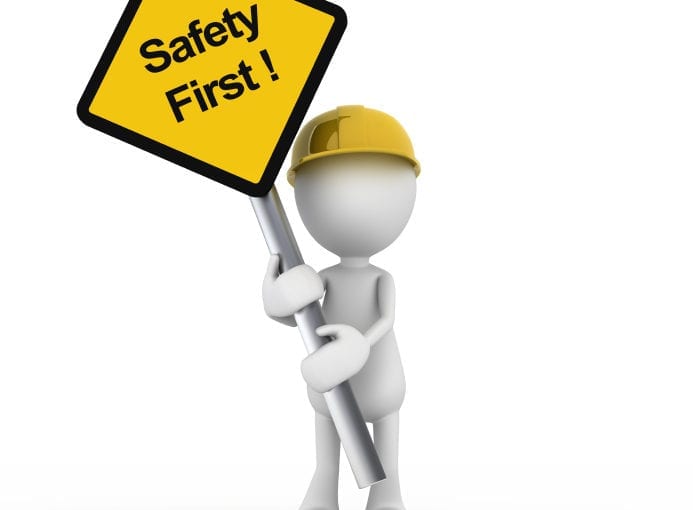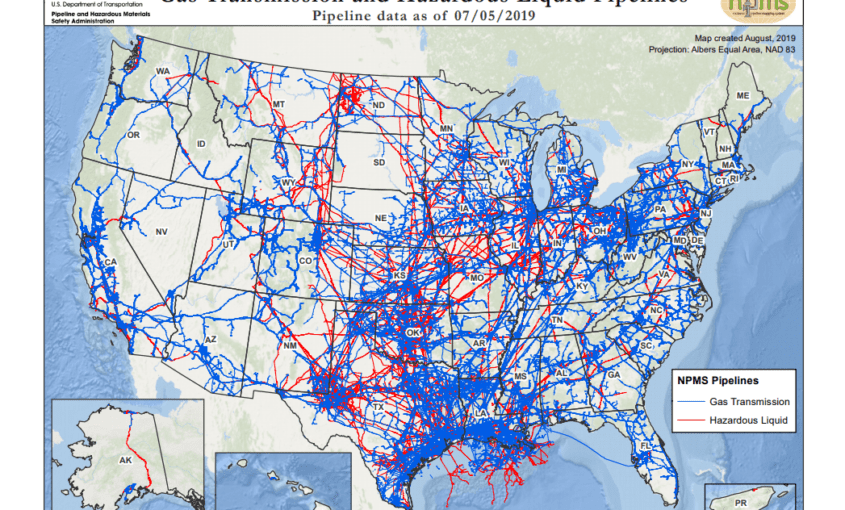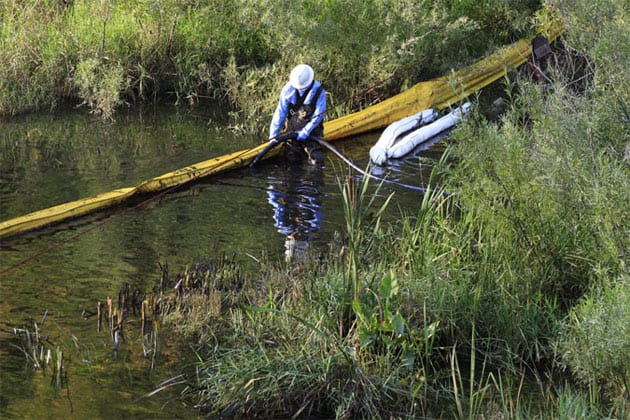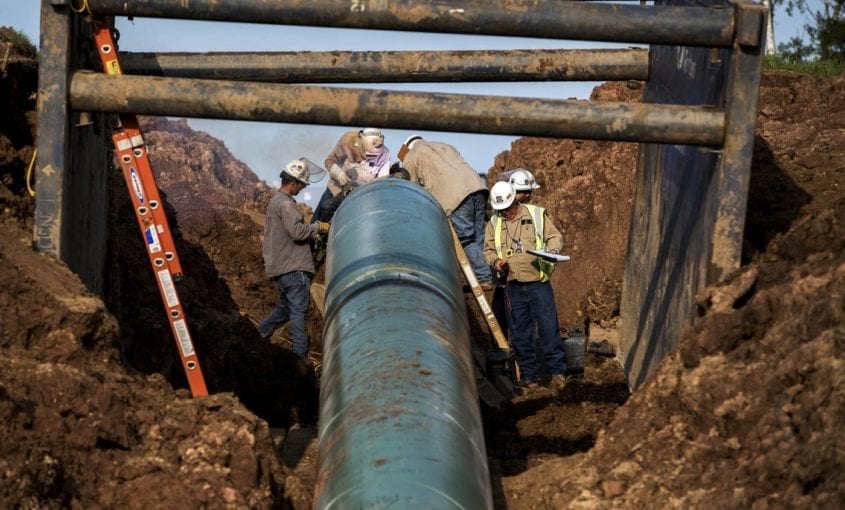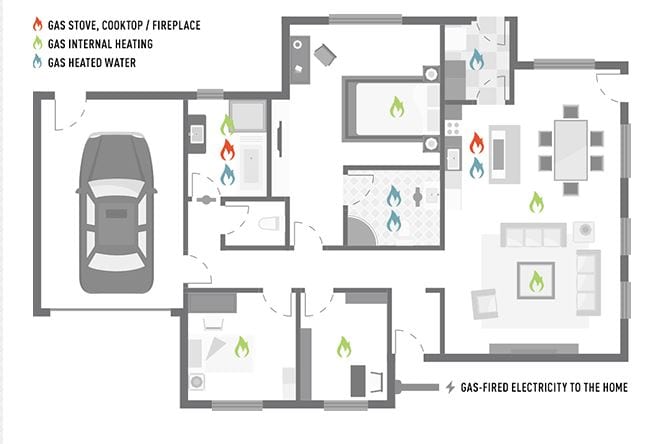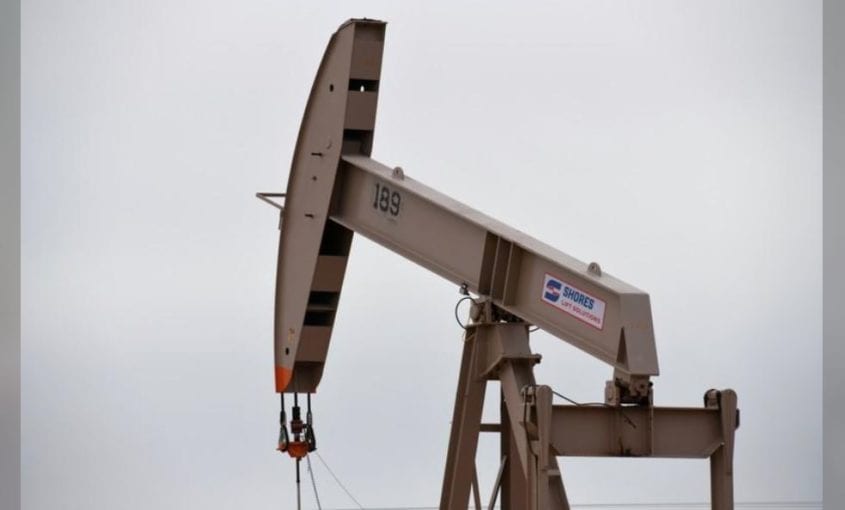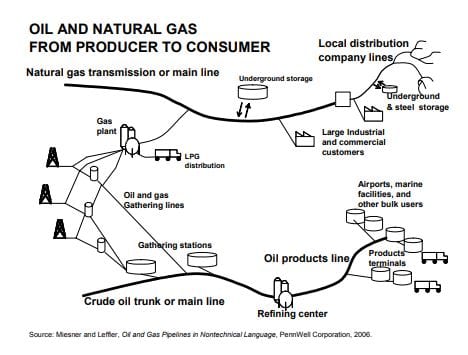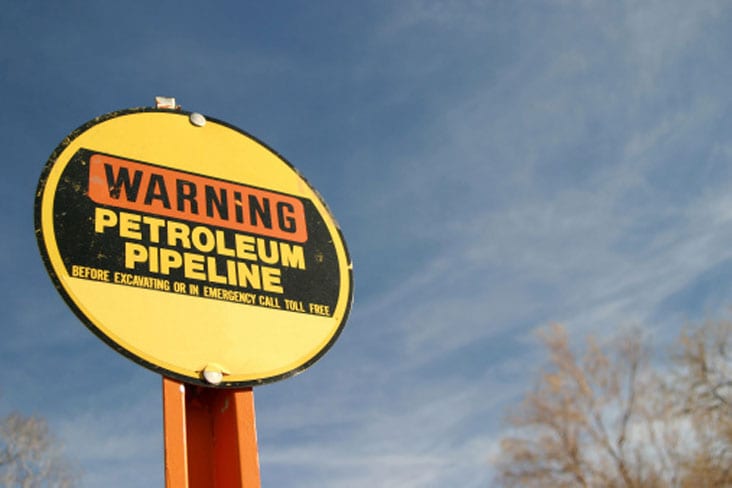7 Winter Weather Construction Safety Tips from Construct Connect
Originally published on January 17, 2018, by Kendall Jones (https://www.constructconnect.com/blog/7-winter-weather-construction-safety-tips) Construction doesn’t stop when winter weather strikes, so it’s important to know what steps to take to keep your workers warm and safe. As another major winter storm is starting to impact areas of the country this week with snow and ice accumulation, it’s a
Read More...

